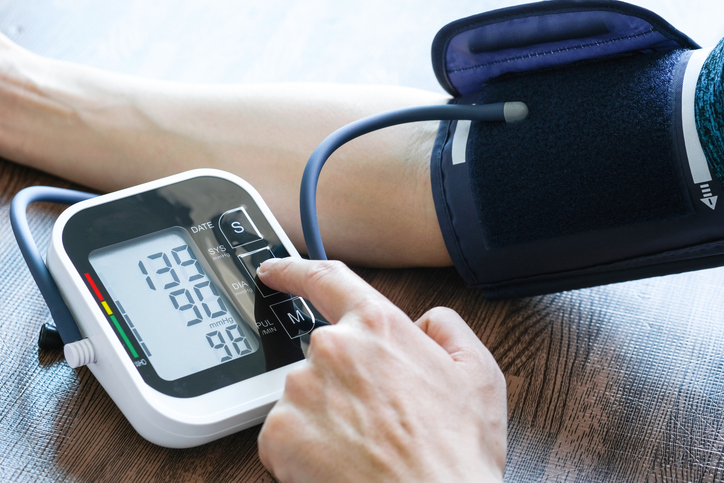
A new study observed a correlation between pulmonary hypertension (pHTN) and increased mortality after transcatheter mitral valve repair (TMVr) using the MitraClip.
“Pulmonary hypertension (pHTN) is associated with increased risk of mortality after mitral valve surgery for mitral regurgitation. However, its association with clinical outcomes in patients undergoing transcatheter mitral valve repair (TMVr) with a commercially available system (MitraClip) is unknown,” stated the study authors in describing why they undertook this study, which was published in JAMA Cardiology.
This was a retrospective, multi-center, cohort study of 4,071 patients undergoing TMVr with the MitraClip system between Nov. 4, 2013, and March 31, 2017, at 232 U.S. locations in the Society of Thoracic Surgery/American College of Cardiology Transcatheter Valve Therapy registry. Patients were classified based on invasive mean pulmonary arterial pressure (mPAP): no pHTN (mPAP <25 mm Hg [group 1], n = 1,103); mild pHTN (mPAP 25–34 mm Hg [group 2], n = 1,399); moderate pHTN (mPAP 35–44 mm Hg [group 3], n = 1,011); and severe pHTN (mPAP ≥45 mm Hg [group 4]; n = 558). Data analysis took place between Nov. 4, 2013, and March 31, 2017. Outcomes were evaluated one year after TMVr. The primary outcome measure was one-year mortality and readmissions for heart failure. Centers for Medicare & Medicaid Services administrative claims data were analyzed to identify one-year outcomes in 2,381 patients.
One Year After TMVr, pHTN Increases Mortality
A total of 4,071 TMVr patients were included in the analysis. The median age was 81 years (interquartile range, 73–86 years); 1,885 (46.3%) were women. The overall composite one-year mortality and readmissions due to heart failure rate was 33.6% (95% CI, 31.6% to 35.7%); the rate increased among patients with pHTN: group 1, 27.8% (95% CI, 24.2% to 31.5%); group 2, 32.4% (95% CI, 29.0% to 35.8%); group 3, 36.0% (95% CI, 31.8% to 40.2%); and group 4, 45.2% (95% CI, 39.1% to 51.0%) (P < 0.001). One-year mortality risk also increased with the presence of increased pHTN: group 1, 16.3% (95% CI, 13.4% to 19.5%); group 2, 19.8% (95% CI, 17.0% to 22.8%); group 3, 22.4% (95% CI, 18.8% to 26.1%); and group 4, 27.8% (95% CI, 22.6% to 33.3%) (P < 0.001). Multivariable adjustment still presented a correlation between pHTN and mortality (hazard ratio per 5-mm Hg mPAP increase, 1.05; 95% CI, 1.01 to 1.09; P = 0.02).
“These findings suggest that pHTN is associated with increased mortality and readmission for heart failure in patients undergoing TMVr using the MitraClip system for severe mitral regurgitation,” concluded the authors. “Further efforts are needed to determine whether earlier intervention before pHTN develops will improve clinical outcomes.”







 © 2025 Mashup Media, LLC, a Formedics Property. All Rights Reserved.
© 2025 Mashup Media, LLC, a Formedics Property. All Rights Reserved.